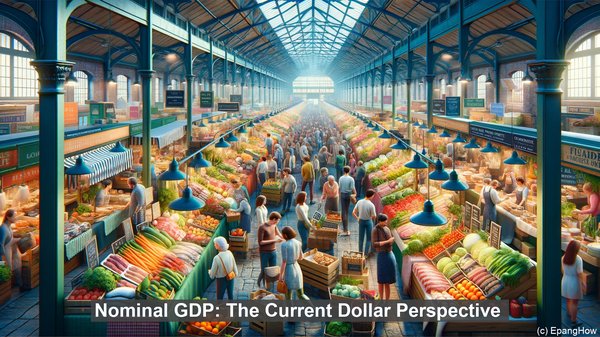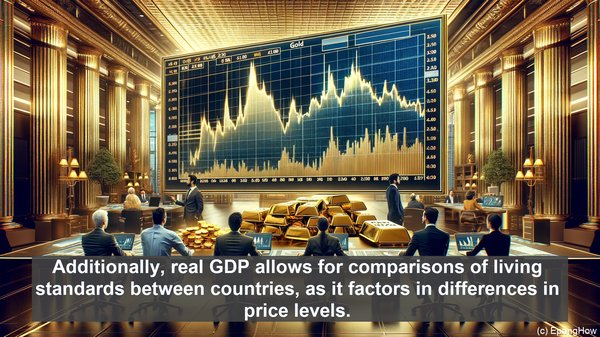Introduction: The GDP Metric
Hello everyone! In the realm of economics, GDP, or Gross Domestic Product, is a key metric used to gauge a country’s economic performance. It serves as a measure of the total value of goods and services produced within a nation’s borders over a specific period. However, it’s important to note that GDP can be measured in two distinct ways: nominal and real. Today, we’ll be exploring the differences between these two measurements and why they matter.
Nominal GDP: The Current Dollar Perspective
Nominal GDP, often referred to as ‘current dollar GDP,’ is a straightforward measurement. It represents the value of goods and services produced in a given year, using the prices prevailing during that year. In other words, it reflects the current market prices. This makes nominal GDP a useful tool for assessing the overall size of an economy and its growth over time. However, it has a limitation: it doesn’t account for changes in prices, which can be influenced by factors like inflation.

Real GDP: Adjusting for Price Changes
This is where real GDP comes into play. Unlike nominal GDP, real GDP takes into account changes in prices, providing a more accurate picture of economic growth. It achieves this by using a base year’s prices as a reference point. By holding prices constant, real GDP isolates the impact of actual production changes, allowing for a more precise analysis of economic performance. This makes it a valuable tool for comparing economic data across different time periods.
The Significance of Real GDP: Inflation and Beyond
One of the primary reasons for using real GDP is to account for inflation. Inflation, or the general increase in prices, can distort economic data. By using constant prices, real GDP eliminates the inflationary effect, providing a more accurate assessment of changes in production. This, in turn, aids policymakers in formulating effective economic strategies. Additionally, real GDP allows for comparisons of living standards between countries, as it factors in differences in price levels.

Limitations and Considerations
While real GDP offers a more comprehensive view, it’s essential to acknowledge its limitations. For instance, it doesn’t capture non-market activities, such as household work or volunteer services. Additionally, the choice of the base year can influence the results. As the economy evolves, so do its production patterns and price levels. Therefore, it’s crucial to periodically update the base year to ensure accurate analysis. Lastly, real GDP, like any metric, should be interpreted in conjunction with other economic indicators for a well-rounded assessment.
